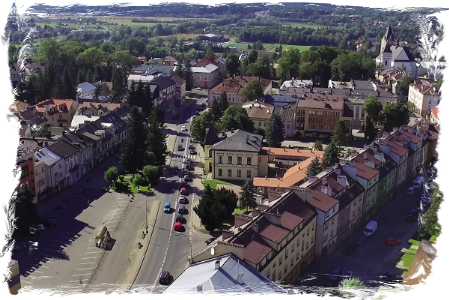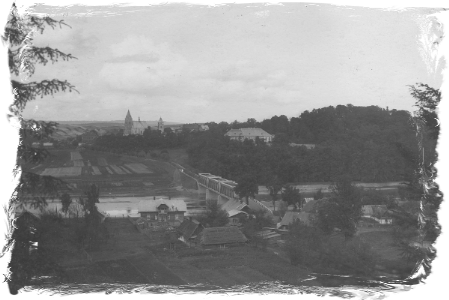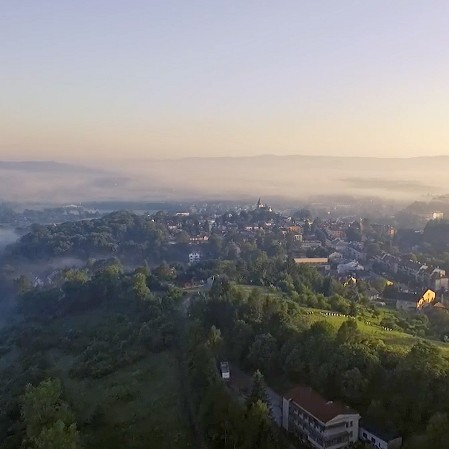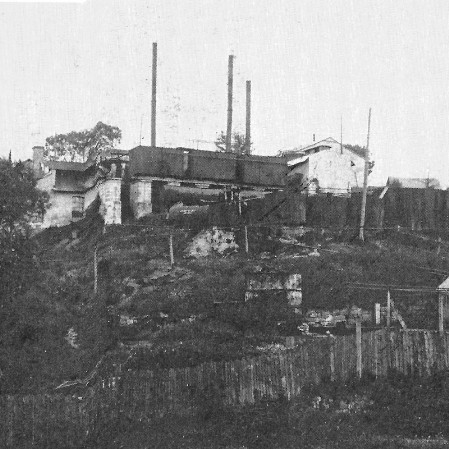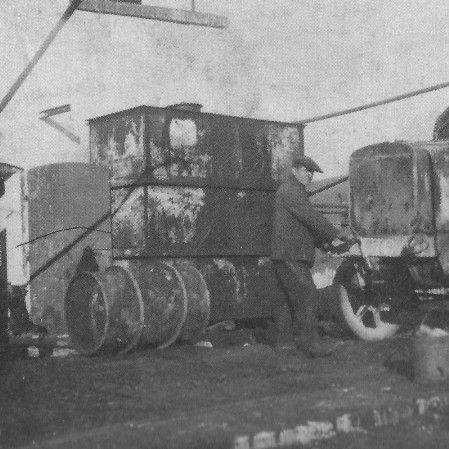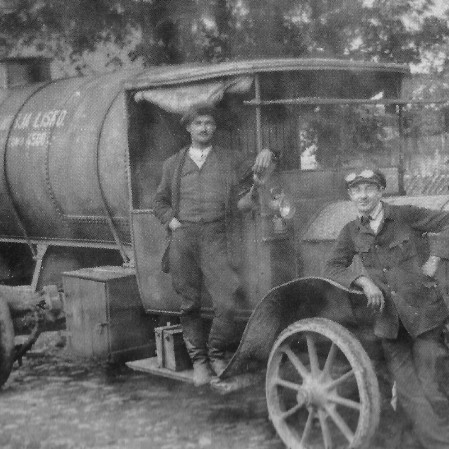In the footsteps of Łukasiewicz- Lesko
Lesko
It is located in the Podkarpackie Province by the San river, in the Sanocko-Turczyńskie Mountains. The beginnings of settlement in this area date back to the times of the La Tene culture as well as Roman influences and the early Middle Ages. The first written records of the village of Lesko appeared in 1436. Throughout all the centuries it was inhabited by Poles, Ruthenians, Armenians and Jews. Contemporary Lesko focuses on the development of local entrepreneurship, mainly in the field of tourism and tourism-related services.
In the mid-nineteenth century, a refinery founded by the “Dym Brothers” company operated in Lesko. At the end of the century, it was bought by a Hungarian Jew, Arpad Szemery, in 1843 the enterprise was managed by engineer Franciszek Handel. About 200 kerosene rail tankers were produced there annually. Abraham Backenroth, Wikler and the company were the next owners. In the years 1918-1939, crude oil was obtained from the old shafts in the Uherce mine, later it was sent to the refinery operating in Lesko. The products were of good quality and found purchasers. The refinery facilities were practical and solid. In 1942, the Germans began to dismantle and export equipment from the refinery. Today, nothing is left after the "Dym Brothers" refinery.
Trivia
Crude oil from the mines in Rajski, Ropienka and other places was transported to the refinery in peasant carts or a special vehicle designed to transport oil. It was a "Benz" car with a gasoline engine with an adaptation of the oil system, wheels with solid rubber without tubes, chain drive like in a bicycle. Antoni Filar and Bronisław Hubicki were its drivers. The finished products were transported by car to the Lesko-Łukawica station, and from there further on.


